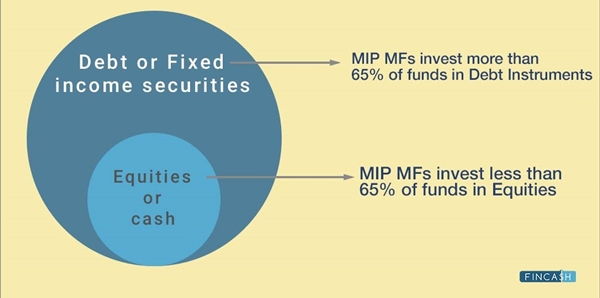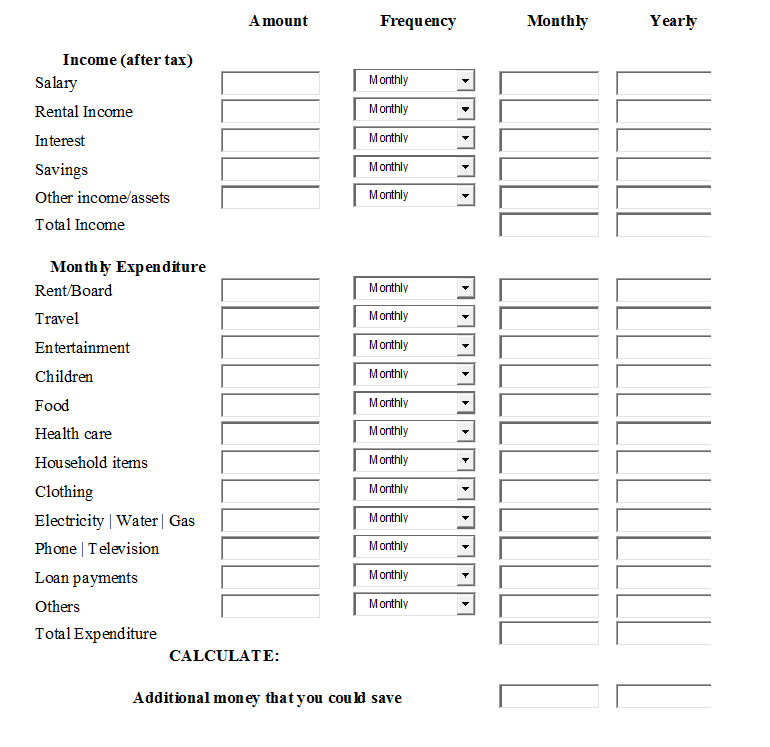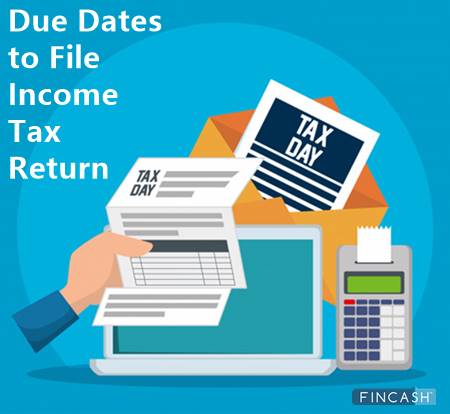
Table of Contents
Last Twelve Months (LTM)
What are the Last Twelve Months (LTM)?
The last twelve months’ period indicates the preceding year. The term is commonly used to analyze the Financial Performance of the company based on certain financial metrics. For example, the auditor might use the Last Twelve Months metrics to evaluate the company’s revenue, debt-to-Income ratio, and overall performance. In other words, it refers to the data collected from the preceding 12 consecutive months.

It is important to note that the data from the last twelve months do not always match with the Fiscal Year. In fact, the method used for the calculation of the last twelve months’ performance might not be the same for every year. It is specifically used for evaluating the financial statements, revenues, cash flows, and other performance data of the company.
Despite being a short span for performance evaluation of a company, the Last Twelve Months metric are considered quite helpful. That’s because it helps you get an insight into the business’ recent performance. It also indicates the current financial position of the company based on the previous’ year metrics. Commonly referred to as the trailing twelve months, this term is mainly found in the financial reports and the business accounts.
Common Uses of LTM
The last twelve month metrics can also be defined as the combination of the quarterly and monthly reports of the company for the last year. Not only does it help you evaluate the business’ performance, but it has proven to be a good tool to compare certain metrics with other companies in your Industry. The common metrics that are used to evaluate the company’s financial and overall performance include the earning per share (EPS) as well as price Earnings.
Another common use of the last twelve months’ metrics is when the company is getting acquired by another firm. Most companies consider the past twelve months’ reports to get a clear understanding of the current position of the firm they are planning to acquire. In fact, they choose the past twelve months’ reports over the fiscal year metrics. In terms of the share Market, many investors who are looking for the quarterly or every-day stock metrics must consider the trailing twelve months’ data to get accurate reports of the performance of the particular company.
Talk to our investment specialist
Benefits of the Last Twelve Months Metrics
If you see it from the company’s perspective, then the twelve-month period does not seem to be adequate time for evaluating the company’s performance. However, it is enough to analyze the basic price fluctuations, changes in the business structure due to the seasonal factors, and the common market trends that have an impact on your industry.
Let’s say the fiscal year’s reports of the company suggest that the company is worth $1 billion. While this achievement is quite impressive, it gets better when you take a look at the last twelve months’ reports and discover that the company’s performance has gone from earning $500 million to $1 billion in a period of 12 months.
All efforts have been made to ensure the information provided here is accurate. However, no guarantees are made regarding correctness of data. Please verify with scheme information document before making any investment.












